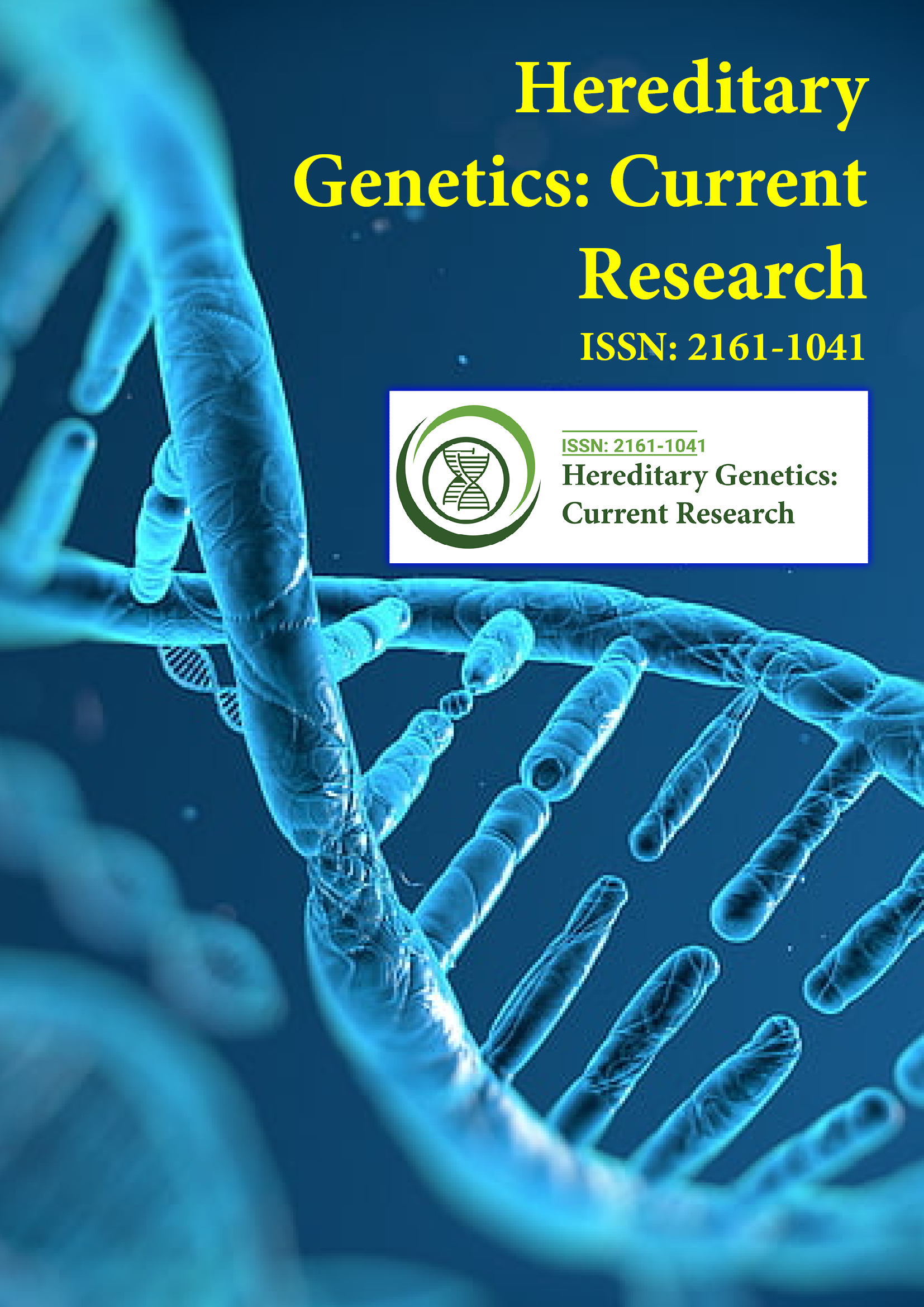Indiziert in
- Öffnen Sie das J-Tor
- Genamics JournalSeek
- CiteFactor
- RefSeek
- Hamdard-Universität
- EBSCO AZ
- NSD – Norwegisches Zentrum für Forschungsdaten
- OCLC – WorldCat
- Publons
- Genfer Stiftung für medizinische Ausbildung und Forschung
- Euro-Pub
- Google Scholar
Nützliche Links
Teile diese Seite
Zeitschriftenflyer

Open-Access-Zeitschriften
- Allgemeine Wissenschaft
- Biochemie
- Bioinformatik und Systembiologie
- Chemie
- Genetik und Molekularbiologie
- Immunologie und Mikrobiologie
- Klinische Wissenschaften
- Krankenpflege und Gesundheitsfürsorge
- Landwirtschaft und Aquakultur
- Lebensmittel & Ernährung
- Maschinenbau
- Materialwissenschaften
- Medizinische Wissenschaften
- Neurowissenschaften und Psychologie
- Pharmazeutische Wissenschaften
- Umweltwissenschaften
- Veterinärwissenschaften
- Wirtschaft & Management
Abstrakt
Horro und die Fortpflanzungsleistung ihrer gekreuzten Milchkühe in subhumiden tropischen Umgebungen Äthiopiens
Beshatu Jalata, Habtamu Abera Goshu, Tesfaye Mediksa, Dereje Bekele, Mohammed Aliye
Das Brunsterkennungssystem, der richtige Zeitpunkt der Besamung, die Fütterung und die Gesundheitsvorsorge tragen jeweils wesentlich zur optimalen Zuchteffizienz und Lebensleistung der Herde bei. In den subhumiden Umgebungen Äthiopiens sind das Alter beim ersten Kalben, die offenen Tage, das Kalben bis zur ersten Brunst und die Besamung pro Empfängnis wirtschaftliche Merkmale der Fortpflanzungsleistung von Horro und ihren Kreuzungsmilchkühen. Daher wurden Daten, die von 1980 bis 2019 im landwirtschaftlichen Forschungszentrum Bako in Äthiopien gesammelt wurden, verwendet, um die Fortpflanzungsleistung von Horro und ihren Kreuzungen mit Holstein-Friesian- und Jersey-Milchkühen zu untersuchen. Der Gesamtmittelwert ± Standardfehler von Alter bei der ersten Besamung (AFS), Alter bei der ersten Kalbung (AFC), Anzahl der Besamungen pro Empfängnis (NSP), Kalbungsintervall (CI), Tage offen (DO), Empfängnisrate (CR) und Remontierungsrate (RR) betrug 29,2 ± 0,2 Monate, 39,8 ± 0,2 Monate, 1,76 ± 0,4, 13,2 ± 0,3 Monate, 94,3 ± 4,3 Tage, 75,0 ± 1,3 % bzw. 28,4 ± 0,3 %. Nach 60 und 90 Tagen betrug die Odds Ratio der Nichtrücklaufrate (NRR) 0,22 bzw. 0,96. Die Rassen (Vater und Mutter) und der Geburtszeitraum hatten einen signifikanten (P<0,001) Einfluss auf AFS und AFC, während Jahreszeit und Mutterparität einen signifikanten Einfluss auf CI und DO hatten. Inkonsistentes Management bei Fütterung, Brunsterkennung, Besamungsfähigkeiten, Besamungszeit, Gesundheit und anderen Haltungspraktiken kann zu verlängerten AFS-, AFC-, CI- und DO-Zeiträumen führen. Um die Fortpflanzungsleistung von Horro und ihren Kreuzungen mit Holstein-Friesian- und Jersey-Milchkühen in Äthiopiens subhumider Umgebung zu verbessern, sollten wir uns auf die Erhöhung der Managementfaktoren konzentrieren.